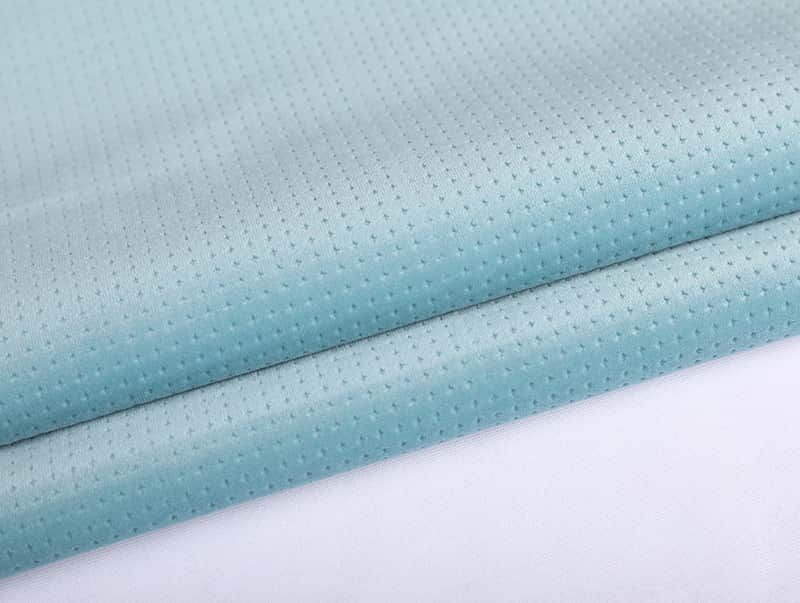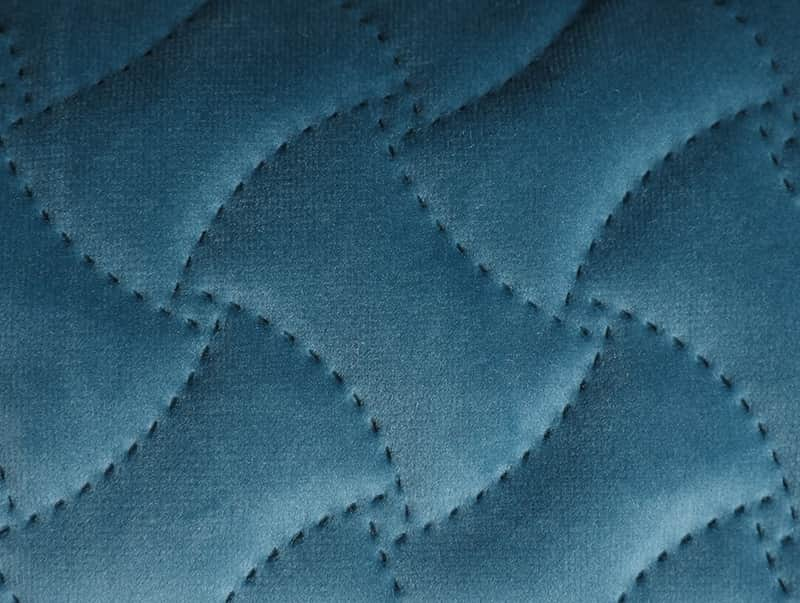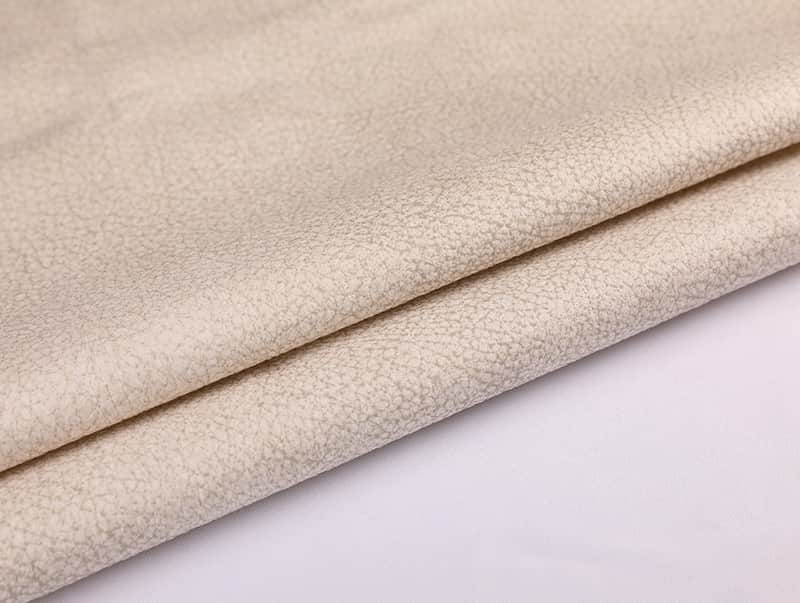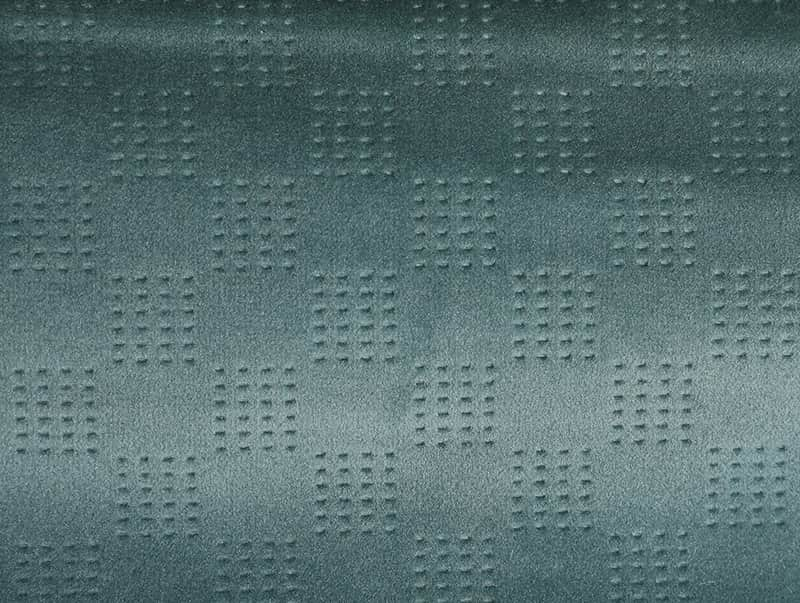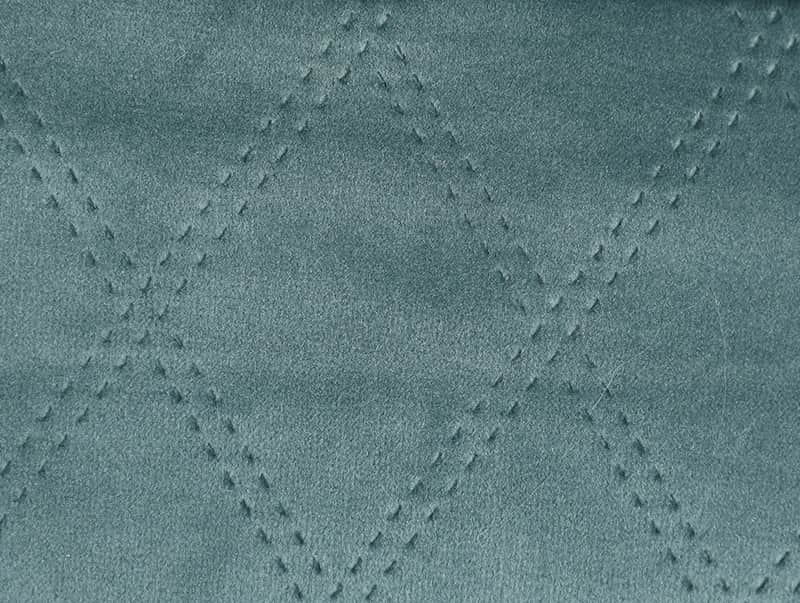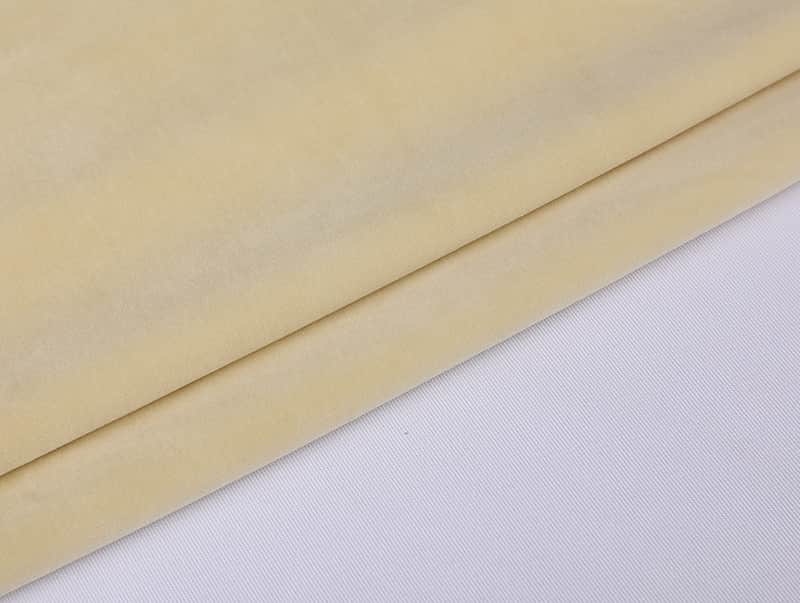The reflective quality of velvet upholstery fabric plays a significant role in shaping the visual temperature and ambiance of a room. Velvet is known for its luxurious texture and ability to interact with light in unique ways, which can create different moods and atmospheres in a space. Here’s how its reflective properties affect the overall feel of a room:
1. Light Reflection and Warmth Perception
Velvet fabric has a distinctive reflective quality that changes depending on the angle and intensity of the light. When light hits the surface of velvet, the pile (the upright fibers) reflects light in varying directions, creating a soft, luminous effect. This interaction with light contributes to the visual warmth of the room, regardless of the actual temperature.
In a sunlit room: Velvet upholstery can enhance the warmth of a space by reflecting and diffusing sunlight, giving the room a soft, inviting glow. The light that bounces off the velvet creates a sense of warmth, making the space feel cozy and welcoming, even if the room's temperature is relatively neutral or cooler.
In low light: Velvet tends to absorb and reflect light in a more muted way, which can make a room feel more intimate and luxurious. In dimly lit environments, the velvet’s depth and texture can enhance the visual warmth, contributing to a cozy, relaxed atmosphere. This makes velvet an excellent choice for spaces where creating a rich, sophisticated mood is desired, such as bedrooms or intimate living areas.
2. Creating Contrast and Depth
The reflective properties of velvet can accentuate the contrast between light and shadow in a room. Depending on the pile direction, the fabric’s surface can appear to change in color and texture as you move around the room. This dynamic quality creates an impression of depth and movement, which can add complexity to the space’s overall visual temperature.
Dark velvet tones (like deep navy, burgundy, or charcoal) tend to absorb more light, adding a feeling of richness and luxury. These tones can make a space feel warmer and more enveloping, especially when combined with other warm materials like wood or leather.
Lighter velvet shades (like cream, pastel, or pale gold) reflect more light, making the space appear brighter and airier. These shades are ideal for creating a calming, open atmosphere, while still retaining the softness and tactile warmth of velvet.
3. Emotional Impact of Color and Reflection
The color of velvet upholstery combined with its reflective surface can significantly influence the mood and emotional temperature of a room. Velvet has the ability to enhance the perception of color through its reflective properties, making colors appear richer and more saturated.
Warm hues (like rust, ochre, or gold) in velvet upholstery can make a room feel warmer visually and emotionally. These colors, when paired with velvet’s light-reflective surface, can evoke a sense of comfort, luxury, and opulence.
Cool tones (like teal, plum, or sapphire) can feel more calming and refined, while still benefiting from the reflective qualities of velvet, which gives them a deep, complex feel that can balance the coolness with a touch of luxury.
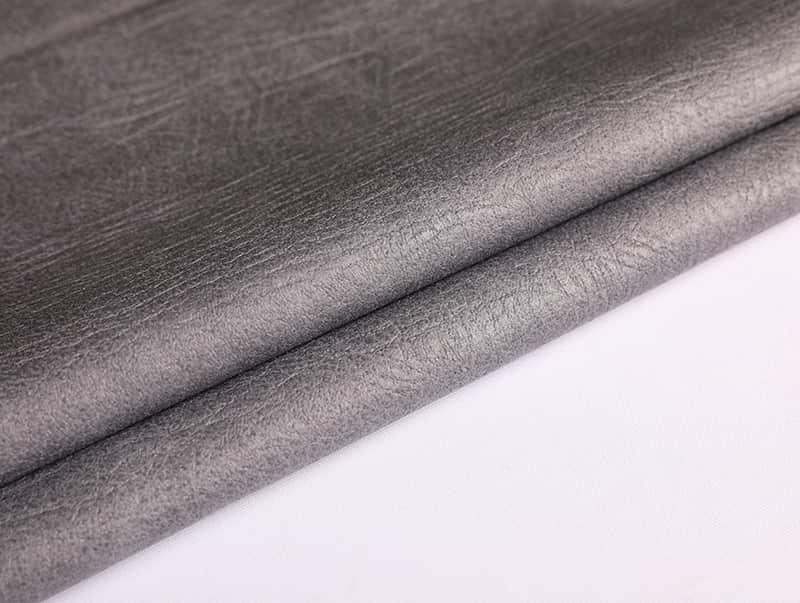
4. Enhancing Light Control
Velvet's ability to reflect and absorb light also affects how light control is managed within a space. Velvet upholstery can be used in furniture or curtains to help control the natural light entering a room.
Heavy velvet drapery can block and reflect incoming sunlight, keeping the room cooler in the summer and warmer in the winter by providing insulation. The reflective quality of the fabric can prevent the room from feeling overly dark or gloomy, even when the curtains are drawn.
Velvet upholstery in furniture can similarly reflect ambient light, brightening up darker corners and creating a more even light distribution throughout the room. This can be especially useful in spaces with limited natural light.
5. Creating a Luxurious Ambiance
One of the most significant impacts velvet has on a room’s ambiance is its ability to create a sense of luxury and elegance. The reflective nature of velvet amplifies its rich colors and plush texture, which draws the eye and enhances the feeling of indulgence.
Textural depth: The shiny surface of velvet creates a sense of depth and texture, making the fabric appear even more opulent and inviting. As light plays off the fabric, the velvet seems to change and evolve, creating a dynamic feel that draws people in.
Reflecting ambient light: Velvet furniture or upholstery will reflect soft, diffused light that enhances its luster, giving the space an overall luxurious ambiance. The rich, glowing quality of velvet under artificial or natural light can elevate the feel of the room, making it feel more intimate, cozy, and expensive.
6. Effect on Room Size Perception
The reflective nature of velvet can influence the perception of a room’s size and volume. Lighter shades of velvet tend to reflect more light, which can open up a space, making it feel larger and airier. On the other hand, darker velvet tones tend to absorb light, making a room feel more intimate and enclosed, which can be desirable in certain settings like a library, home theater, or dining room.
